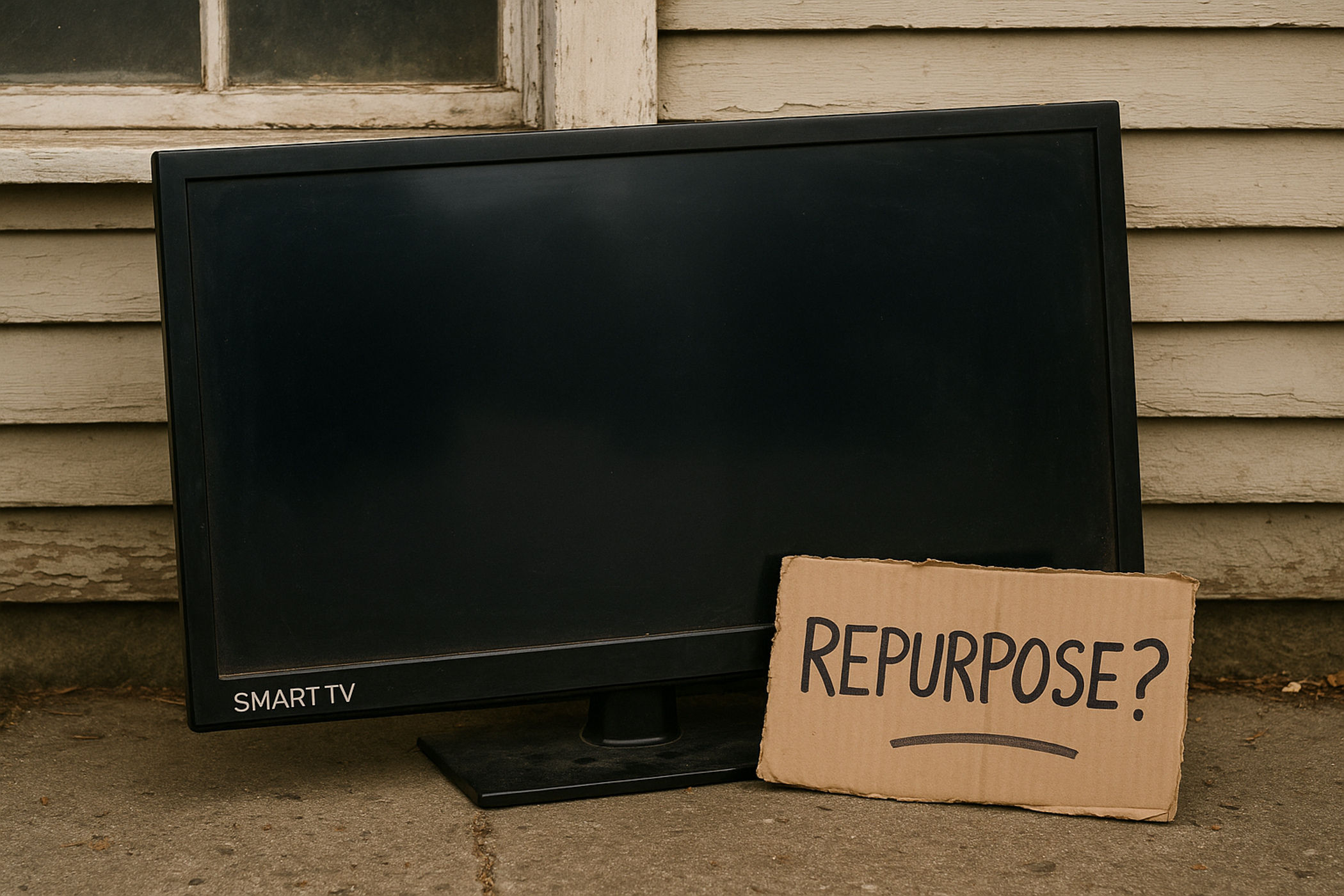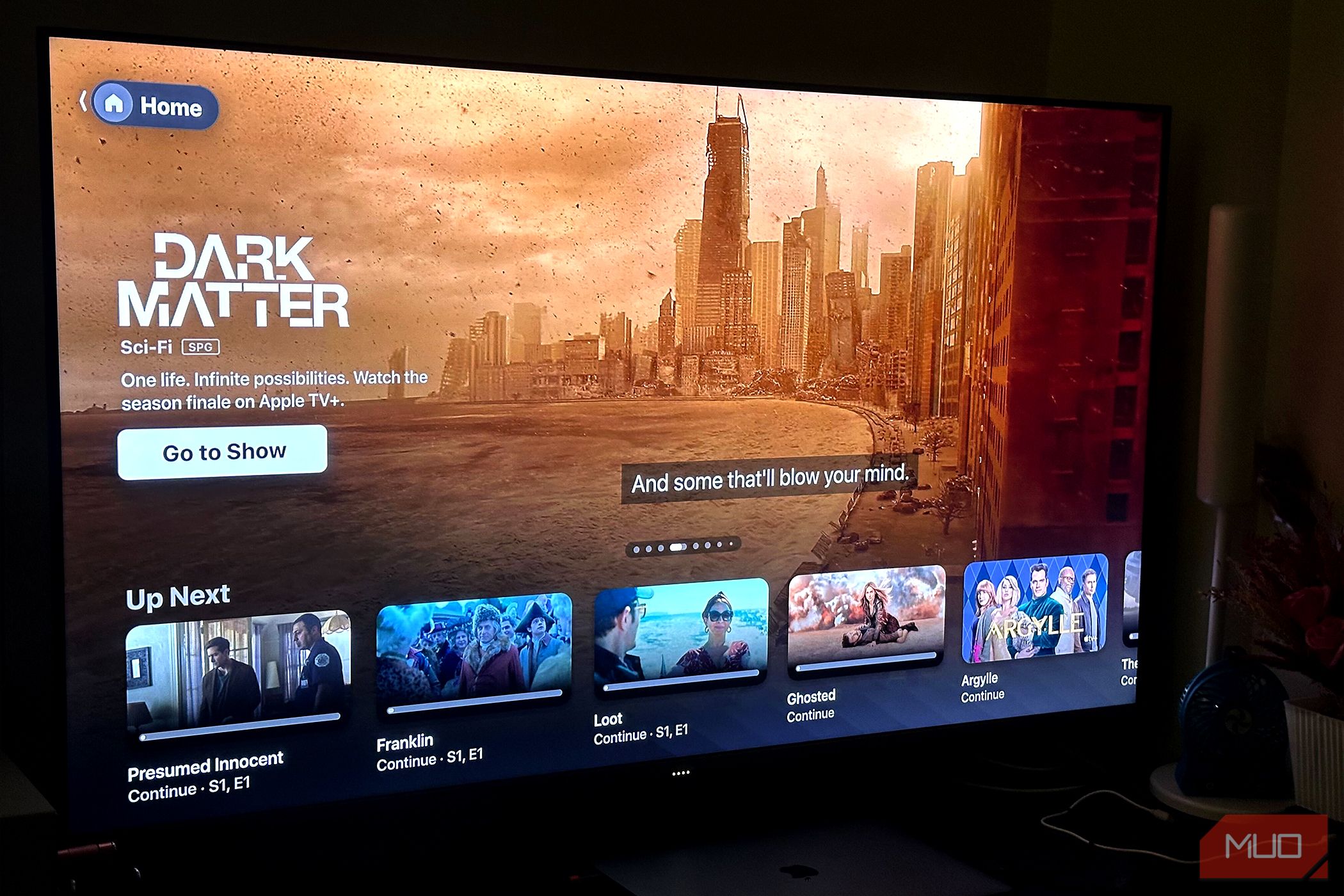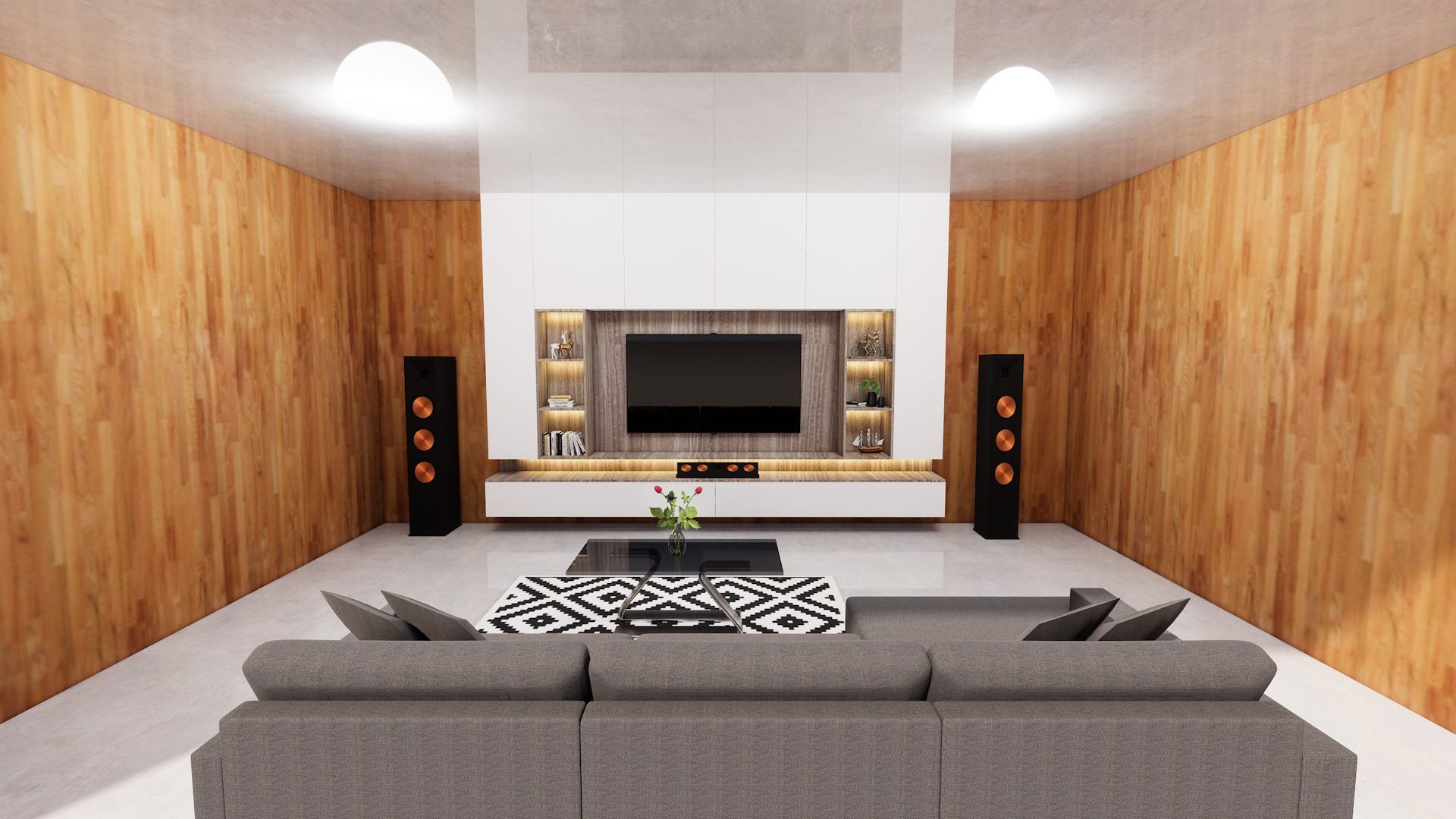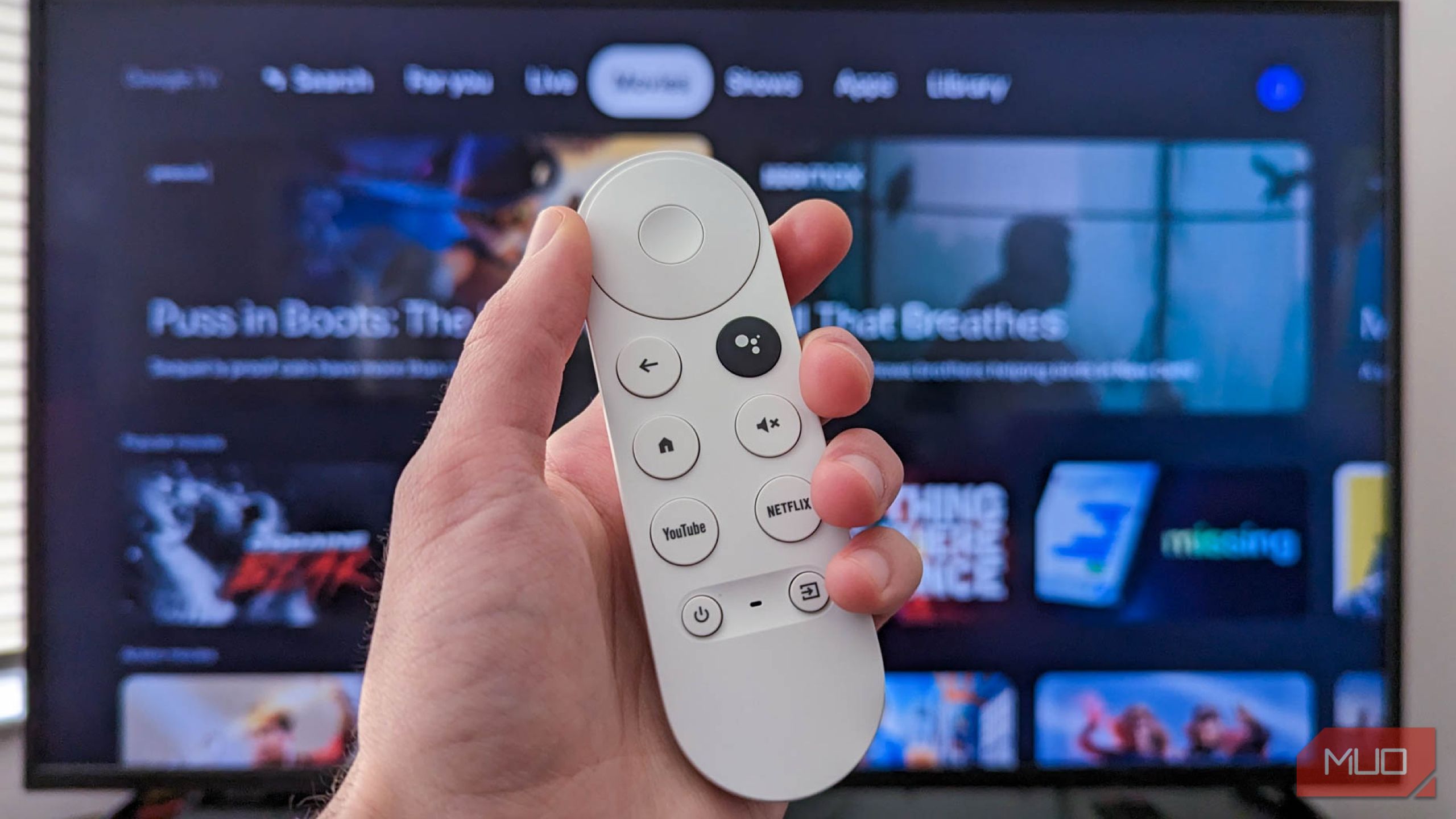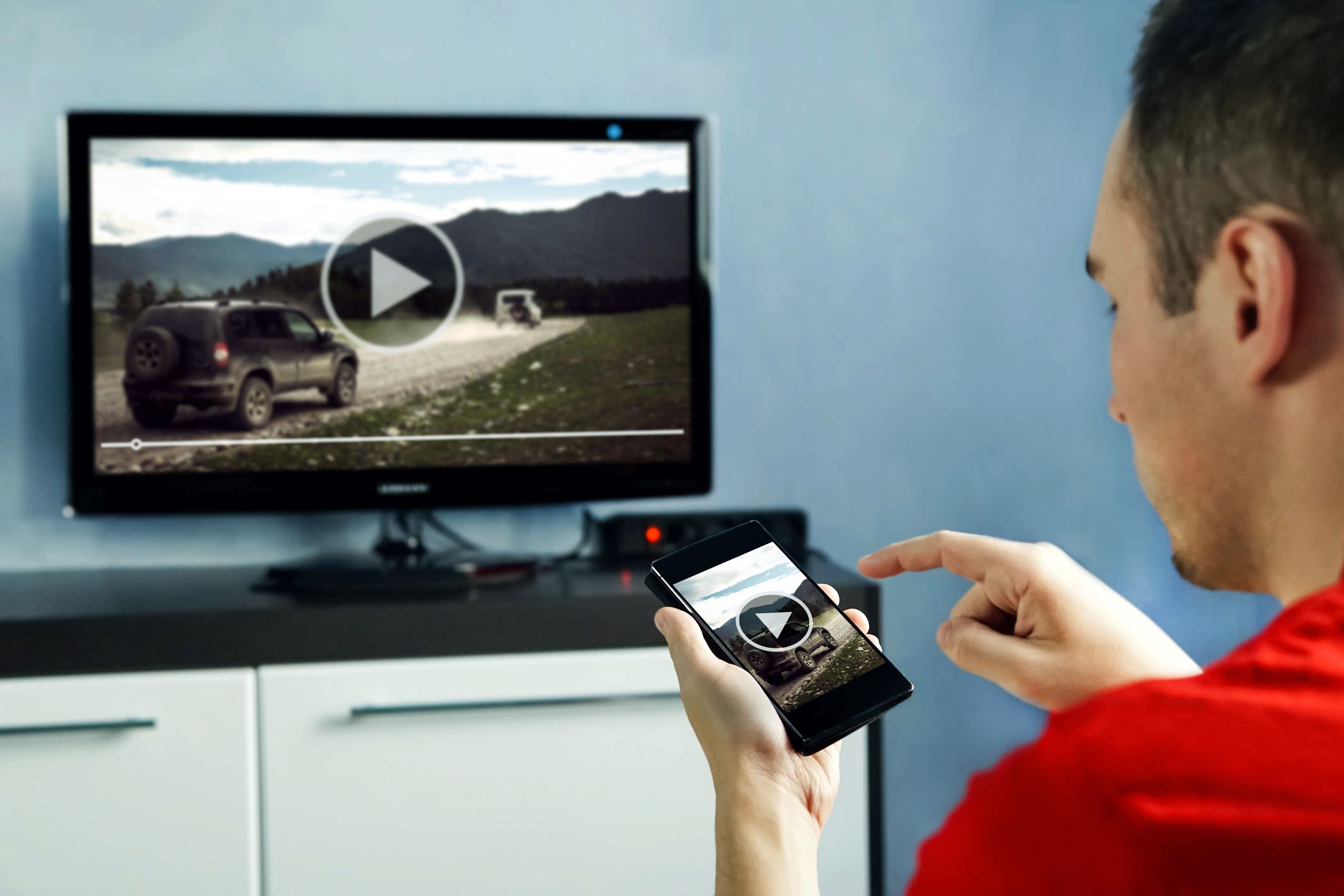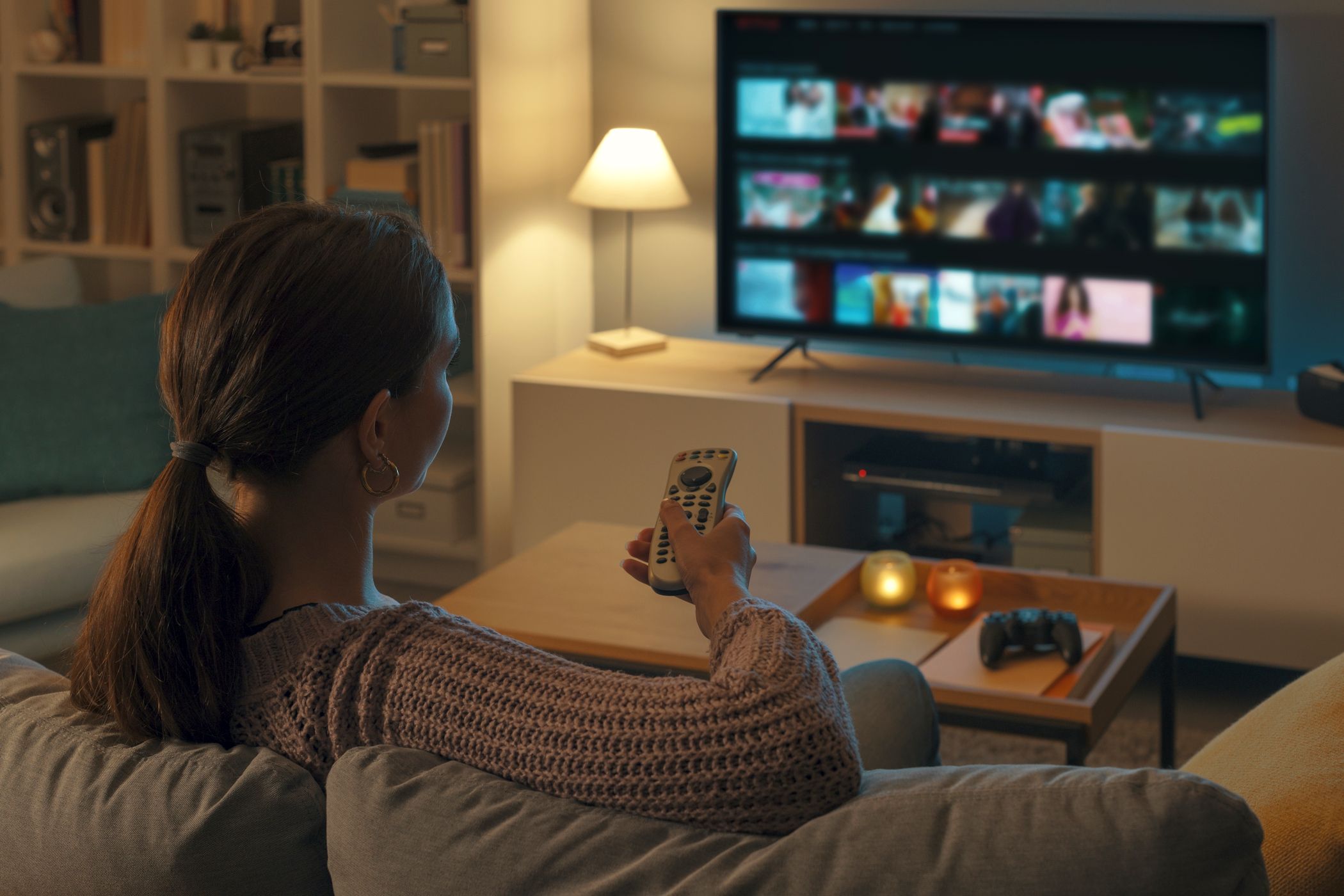Summary
- Music deserves dedicated audio equipment due to its complexity, requiring high-fidelity speakers to reproduce emotional depth and intricate details.
- Optimizing TV sound with dedicated speakers can provide immersive audio, enhancing viewing experiences with rich, detailed sound.
- For the best audio experience, separate music and TV speaker systems offer tailored performance without sacrificing quality, catering to specific needs.
In recent years, home entertainment systems have improved dramatically, with advanced connectivity and highly detailed audio. Despite this, I still use separate speakers for music and TV, and here’s why you should, too.
Why Music Deserves Dedicated Audio Equipment
As a musician and audio enthusiast, I’m unashamedly nerdy about all things hi-fi. I appreciate a high-quality listening experience just as I do an exceptional meal served at a decent restaurant.
Music deserves dedicated audio equipment because it is incredibly complex. Unlike TV audio, which often prioritizes clarity of dialog, music relies on a wide range of frequencies and intricate details and must project emotional depth—all of which requires high-fidelity speakers. A lot of work goes into music production, and dedicated audio equipment, in particular, high-end speakers or headphones, is designed to faithfully reproduce a song’s nuances across the entire sonic spectrum.
The best hi-fi gear uses specialized components that ensure that every element of the track, from the subtle background instrumentation to the prominent vocals, is heard clearly, as the producers intended. High-quality equipment allows you to enjoy every element of a song without distortion across a greater dynamic range.
It doesn’t matter if you are an audiophile or a casual listener—our brains are hardwired to appreciate the high production values and talented artistry that comprise good music. Whether listening to a lo-fi dance track or a full orchestra performing a classical piece, purpose-built audio equipment provides the clarity and precision required to create an elevated listening experience.
Optimizing Your TV Sound for an Immersive Experience
As anyone with a soundbar and subwoofer setup will attest, having dedicated speakers for your home entertainment system is a real game-changer. For as little as a couple hundred dollars, you can significantly improve your audiovisual experience with immersive sound.
Even the best built-in TV speakers are limited by the size constraints of modern flat-panel TVs, and they usually lack depth and clarity. Soundbars with built-in subwoofers or surround sound setups provide richer, more detailed sound across a broader frequency spectrum. More advanced sound systems that incorporate Dolby Atmos and DTS:X go one step further by providing fully immersive three-dimensional sound.
In addition to having the right equipment, you should fine-tune your TV settings to suit your viewing experience. Most TVs come with preset sound modes that optimize the EQ to suit specific content types. I also like to experiment with the EQ settings and speaker placement when setting up my TV, as a room’s unique shape and size significantly affect sound quality. For the best cinematic experience, avoid placing your subwoofer in a corner to prevent distortion. Ensure your soundbar is placed in an elevated position and that satellite speakers face inwards, at ear level.
Convenience vs. Performance: Why I Refuse to Compromise
There is certainly an argument in favor of having one speaker system to rule them all. I love the aesthetics and convenience of my home entertainment system’s soundbar and subwoofer setup, and I use it for music whenever I use my TV to watch a concert or music video on YouTube (with the EQ’s “music” preset selected, of course).
Despite this, a home stereo system with dedicated speakers is a must for anyone who appreciates music. If you are to capture the richness, dynamics, and detail of a musical recording, from deep, resonant bass to crisp, distortion-free highs, only a good set of speakers will faithfully reproduce the sound as the recording artists intended.
Thankfully, you don’t need to spend much money on a bulky, monolithic stereo system nowadays. High-quality bookshelf speakers are compact and can deliver impressive results. These can be bought for just a few hundred dollars and are both aesthetically pleasing and often have advanced features, like equalization and Bluetooth connectivity. A pair like this is often unimposing enough to be integrated into your home entertainment console if you like to keep everything in one place.
At the same time, soundbar and subwoofer systems offer exceptional value, considering how much they improve the audiovisual experience. To this end, it is perfectly justifiable to have a separate system optimized for movies and TV. For true audiophiles and cinephiles, the sky’s the limit if you’re looking for a really high-end setup with 3D sound, boutique speakers, and advanced amplification.
Just as a TV-optimized setup will likely flatten the richness of music, music-optimized speakers might not provide the center-channel focus required for clear dialogue. Relying solely on either would require a significant compromise, but by using separate systems, you can tailor each to its specific role. This enhances your enjoyment of music and TV and ensures that you’re getting the most out of your audio equipment.
